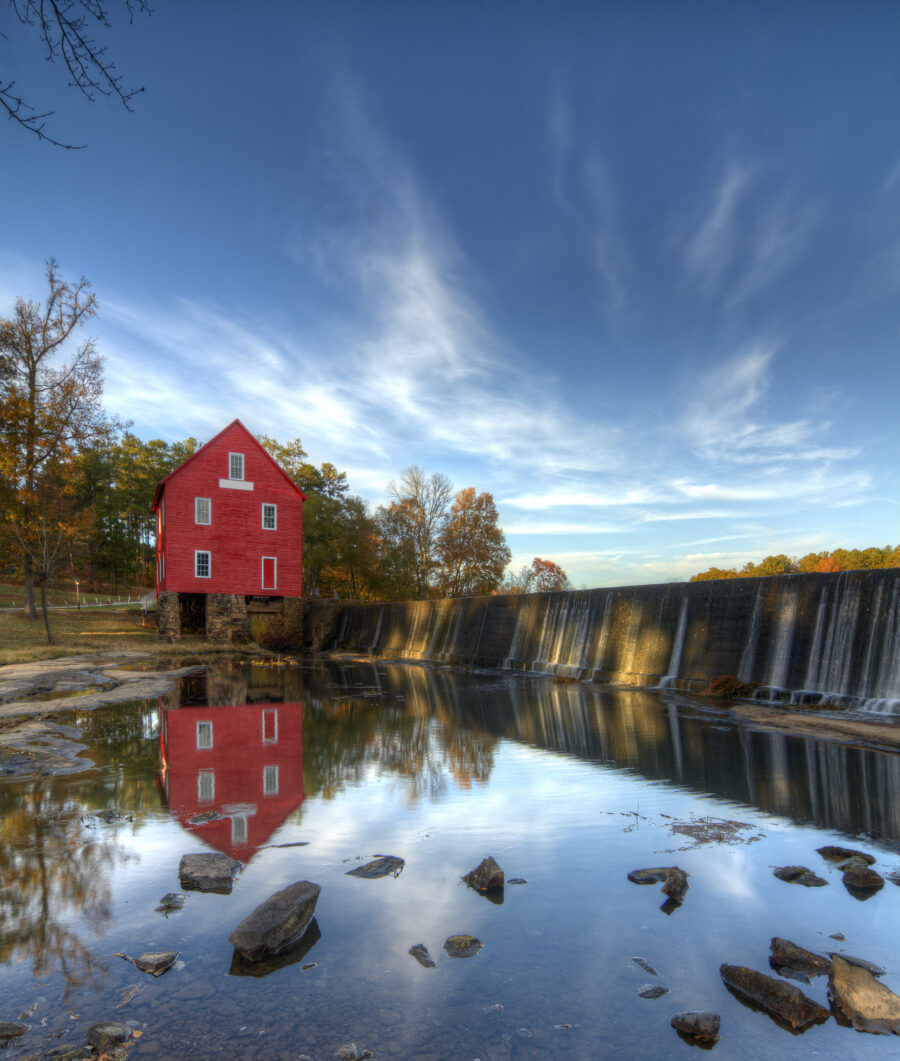
Guido Rahr with a salmon from an unknown location. Rahr was the driving force that launched the Wild Salmon Center. Now one 20 volunteer Board of Directors, which includes experts in international conservation, salmon research and management from Russia, Canada, and the United States. Photo Yale School of Forestry & Environmental Studies. Suggested reading Stronghold by Tucker Malarkey – Guido Rahr’s cousin.
Dams and culverts are depleting salmon and trout stocks, ‘bigly’
By Skip Clement
- There are 91,757 dams in the United States (including Guam and Puerto Rico).
- Almost 65% of U.S. dams are private (59,600).
- Local governments own 18,442 U.S. dams.
- State governments own 6,690 U.S. dams.
- The federal government owns 3,432 U.S. dams.
The 20th century was not kind to Pacific salmon. Dams on rivers throughout Washington and Oregon blocked fish from their spawning grounds, agriculture turned rivers like California’s San Joaquin into muddy trickles, and mismanaged fisheries across the Pacific Rim harvested salmon at unsustainable rates. To compensate for the resultant declines, hatcheries released billions of fish into rivers throughout the Northwest, overwhelming wild populations and diluting genetic diversity.
NOTE: The U.S. Army Corps of Engineers (USACE) maintains an inventory of the location and state of dams in the United States. Known as the National Inventory of Dams (NID), this database contains information about each dam, including its geographic location, who owns the dam, the type of dam, and its age.

Adult Atlantic Salmon by Thom Glace, award winning watercolorist, dedicated fly fisher, and conservationist,
How Barriers Affect Fish
In the United States, it is estimated that more than 2,000,000 dams and even more culverts and other barriers block fish from migrating upstream. The latter contributed to the decline of many fish populations. In some instances, a single blockage has caused as much as 99.5% loss of salmon.
For example, Atlantic salmon used to be found in almost every large river north of the Hudson River. Due to dams and other threats, less than half of 1 percent of the historic population remains. The last remnant populations of Atlantic salmon in U.S. waters exist in just a few rivers and streams in central and eastern Maine. They are now endangered and protected under the Endangered Species Act to help the population recover.

Mills like this one with a dam that hasn’t been used for anything for decades. For nearly 100 years, this dam has cut off spawning grounds for once bountiful runs of anadromous salmons.
This film explores the evolution of our national attitude from pride in big dams as engineering wonders to the growing awareness that our own future is bound to the life and health of wild rivers.
Produced by Matt Stoecker & Travis Rummel Directed by Ben Knight & Travis Rummel.


